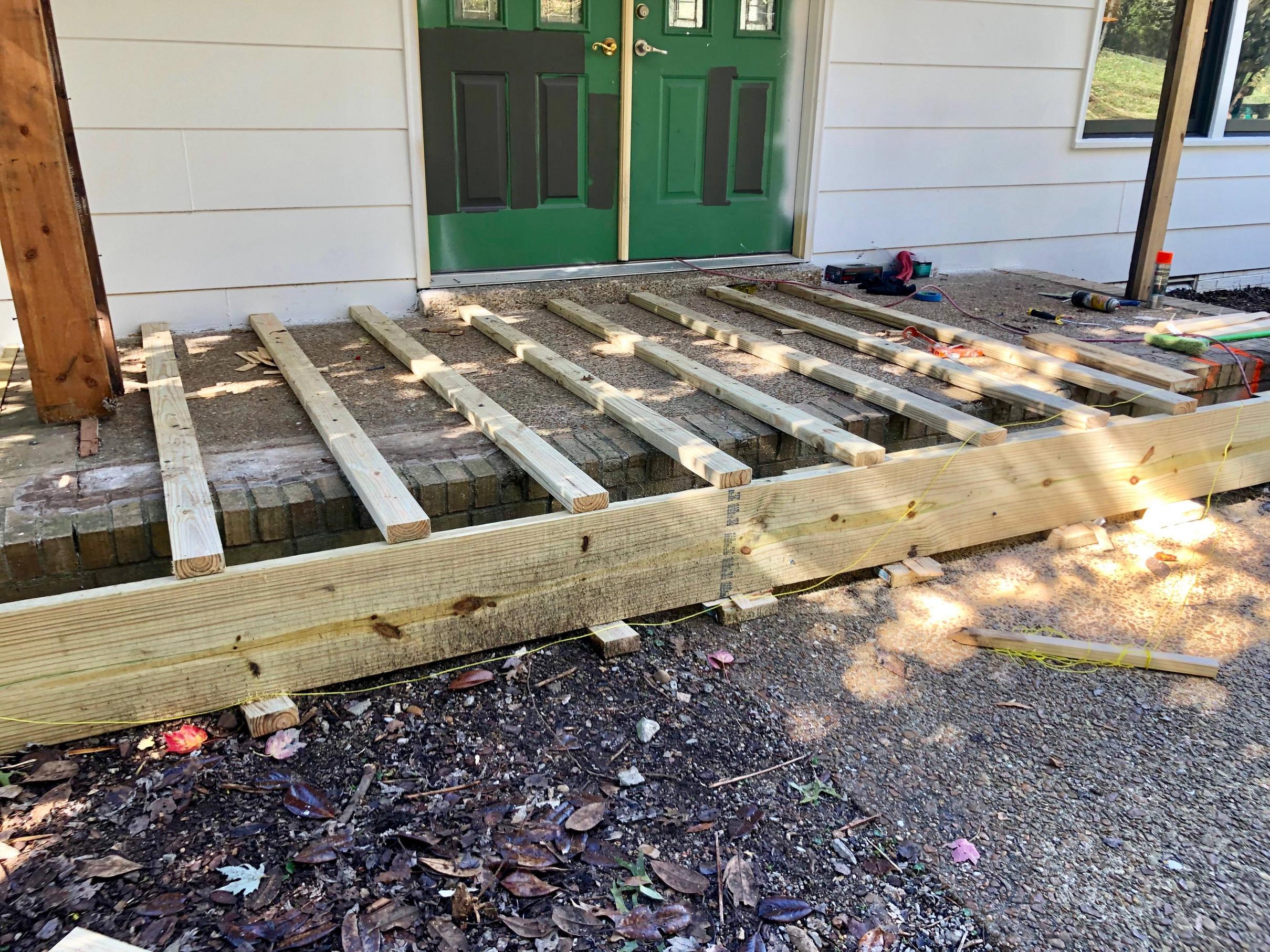
If you are thinking about remodeling your bathroom, but don't know where to begin, hiring bathroom remodelers might be a great option. The key step in the renovation process is to find the right contractor. It's not uncommon for companies to offer estimates free of charge, but it's important that you know what to expect. This is a significant project that requires careful planning. You should consider certain issues when renovating bathrooms.

Bathroom remodeling projects can take a long time. Even if you want to make your bathroom look new immediately, you may need to put off the work while you wait for the materials. The right company will ensure that you get the best results, no matter if your bathroom needs are urgent or extensive. It is important to find contractors who only use high-quality flooring and countertop products.
The cost of bathroom remodeling will vary depending on which materials you use. Laminate countertops cost the least and can be easily installed by you. There are different price tags for different types of laminate countertops, so it's important to research different brands and compare them before making a decision. You can DIY install cabinets but it can cost hundreds. Installing cabinets by a professional can run up to $1,200.
FAQ
How much does it cost to renovate a house?
Renovations cost typically $5,000 to $50,000. Renovations are typically a major expense for homeowners, with most spending between $10,000 and $20,000
Do I have to renovate my entire house?
If you are able to do it yourself, why not pay someone else?
It doesn't matter how much you love DIY, there are times when you simply cannot do it yourself. There may be too many variables involved for you to control.
For example, if you live in an old home, you might find that the wiring is outdated and you would need to hire a qualified electrician to make sure that your electrical system is safe and reliable.
You also need to consider the fact that you might not be able to handle any kind of structural damage that might occur during the renovation process.
Additionally, you may not have the right tools to complete the job. A plumber's snake is an instrument that can be used to unclog pipes.
There are also plumbing codes that require you to have a licensed plumber working on your project.
The bottom line is that you need to know exactly what you are capable of doing before you embark on such a big task.
If you are unsure if it is possible to do the job on your own, ask friends or family members who have worked on similar projects.
They can give you advice on what steps you need to take and where you can go to learn more about the subject.
How Much Does it Cost to Renovate a House?
The cost to renovate a building depends on its material and complexity. Some materials such as wood require additional tools like saws and drills while others like steel do not. The cost of renovations will vary depending on whether your contractor does all the work or you do it yourself.
The average cost for home improvements projects is $1,000 to $10,000. If you are looking to hire professionals, expect to pay between $5,000 and $25,000. The total cost of hiring professionals could be anywhere from $5,000 to $25,000. If you choose to complete the task yourself, it could run up to $100,000.
You should know that there are many factors which determine the final cost of renovation. These include the material used (e.g. You can choose between brick or concrete, and the size of your project as well. These are important considerations to remember when estimating total renovation cost.
How long does it usually take to renovate your home?
It depends on the size of the project and the amount of time that you spend each day. On average, homeowners spend between three and six hours per week working on their project.
Are permits necessary to renovate my property?
Yes. Permits will be required for any home-improvement project. A building permit and plumbing permit are required in most cases. You may also need a zoning permit depending on the type of construction you are undertaking.
Statistics
- On jumbo loans of more than $636,150, you'll be able to borrow up to 80% of the home's completed value. (kiplinger.com)
- Design-builders may ask for a down payment of up to 25% or 33% of the job cost, says the NARI. (kiplinger.com)
- Rather, allot 10% to 15% for a contingency fund to pay for unexpected construction issues. (kiplinger.com)
- A final payment of, say, 5% to 10% will be due when the space is livable and usable (your contract probably will say "substantial completion"). (kiplinger.com)
- They'll usually lend up to 90% of your home's "as-completed" value, but no more than $424,100 in most locales or $636,150 in high-cost areas. (kiplinger.com)
External Links
How To
How do I plan a whole-house remodel?
It takes careful planning and research to plan a complete house remodel. Before you start your project, there are many factors to consider. The first thing you need to decide is what kind of home improvement you want to make. There are several categories you can choose from, such as bathroom, kitchen, bedroom, living area, and so on. Once you've chosen the category you want, you need to decide how much money to put towards your project. If you don't have experience with working on houses, it's best to budget at minimum $5,000 per room. If you have experience, you may be able to manage with less.
Once you know how much money your budget allows you to spend, then you will need to decide how big a job it is you are willing to take on. You won't be capable of adding a new floor, installing a countertop, or painting the walls if your budget is limited to a small remodel. However, if enough money is available to complete a kitchen renovation, you should be able handle most things.
Next, find a contractor that specializes in the project you are interested in. This way, you'll be guaranteed quality results and you'll save yourself a lot of headaches later on down the road. You should begin gathering materials and supplies after you've found a competent contractor. You might need to make everything from scratch depending upon the size of your project. There are many stores that offer pre-made products so it shouldn't be difficult to find what you need.
After you've gathered all the supplies you need, it's time to begin making plans. Begin by sketching out a rough plan of where furniture and appliances will be placed. Then you will design the layout. Make sure that you leave space for plumbing and electrical outlets. Visitors will be able to easily reach the areas that are most frequently used near the front doors. Finally, you'll finish your design by deciding on colors and finishes. Avoid spending too much on your design by sticking to simple, neutral colors and designs.
Now that you're finished drawing up your plan, it's finally time to start building! Before you start building, check your local codes. Some cities require permits while others allow homeowners to build without one. First, remove all walls and floors. Next, you'll lay down plywood sheets to protect your new flooring surfaces. Next, nail or screw pieces of wood together to form the frame that will house your cabinets. The frame will be completed when doors and windows are attached.
There will be some finishing touches after you are done. For example, you'll probably want to cover exposed pipes and wires. Plastic sheeting and tape are used to cover exposed wires. Also, you will need to hang mirrors or pictures. Make sure to keep your work area neat and tidy.
These steps will ensure that you have a beautiful and functional home, which will save you tons of money. Now that you have a basic understanding of how to plan a house remodel, it's time to get started.